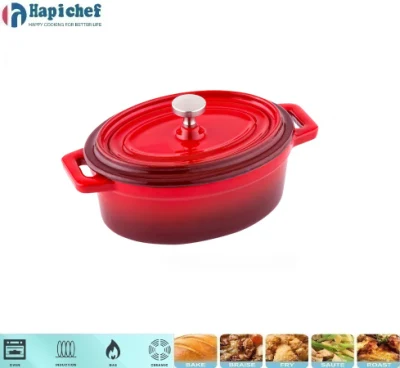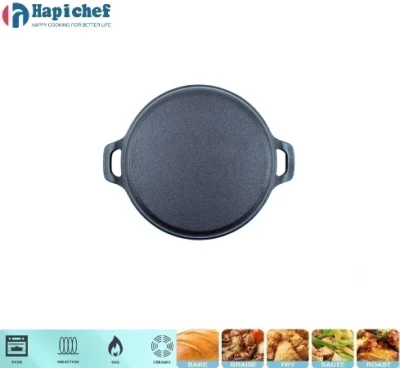frying pan
Selecting a frying pan isn't as straightforward as it once was. With advancements in cookware technology and shifting consumers preferences, the quest for the perfect frying pan deserves a nuanced exploration. Let's delve into the world of frying pans, where tradition meets innovation, and expert advice can guide you to culinary excellence.

A frying pan serves as a kitchen cornerstone, from crafting delicate omelets to searing a perfect steak. The materials from which a frying pan is constructed—cast iron, stainless steel, and non-stick coatings—each offer unique cooking experiences. Cast iron pans, cherished for their superior heat retention and distribution, are the go-to for many professional chefs. Known for being virtually indestructible, they can last a lifetime and improve with age if maintained properly. However, their weight and maintenance requirement of regular seasoning to prevent rust can be a deterrent for some home cooks. Stainless steel pans are highly esteemed for their durability and ability to endure high temperatures, making them ideal for browning and deglazing. This material is also incredibly resistant to scratches, ideal for those who want a pan that maintains its appearance over long periods. The challenge here is that food can stick if not used correctly, necessitating a slight learning curve to master the art of perfect browning without burning.

Non-stick pans are beloved by novices and busy households due to their ease of use and simple clean-up. However, not all non-stick surfaces are created equal. High-quality non-stick coatings are essential to ensure longevity and resilience against chipping or peeling. It is crucial to avoid metal utensils with these pans and to be cautious of overheating, which can damage the surface and release toxic fumes. frying pan
Considering the cooking style and routine is essential when deciding on the right frying pan. For those passionate about sustainability and reducing their ecological footprint, exploring new-generation eco-friendly non-stick pans made from materials such as ceramic could be appealing. These pans eliminate the use of PTFE and PFOA, chemicals traditionally found in many non-stick surfaces linked to environmental and health concerns.
When discussing frying pans, which thrive on their ability to complement versatile cooking techniques, the design also plays a significant role. Frying pans with ergonomic handles provide comfort and control, essential for maneuverability while cooking. The weight balance between the handle and the pan base affects the ease of tossing food and reducing strain on the wrist.
Adherents to culinary excellence recognize the importance of pan selection when aiming for perfect results. A reliable frying pan affects not only the outcome of meals but also the enjoyment of the cooking process itself. Whether it’s the allure of perfectly seared scallops in a stainless steel pan, the nostalgia from cooking a family recipe in a well-seasoned cast iron, or simply the convenience of a non-stick surface on a busy weekday evening, a thoughtful selection tailored to one's specific needs and cooking style is paramount.
In conclusion, the ultimate frying pan reflects not just a culinary necessity but a personal statement of cooking style and priorities. Understanding the nuanced strengths of different materials and designs empowers home cooks and professionals alike to elevate their kitchen experiences. As trends continue to evolve and new materials emerge, staying informed and relying on expert insights ensures that each frying pan investment is one that pays dividends in quality cooking and enduring satisfaction.
-
Why Ecast Iron Grills Are Heating Up Outdoor CookingNewsMay.23,2025
-
Why Cast Iron Cookware Belongs in Every Kitchen?NewsMay.23,2025
-
Why Cast Iron Bakeware Is a Timeless Kitchen EssentialNewsMay.23,2025
-
Upgrade Your Kitchen with Cast Iron Bakeware SetsNewsMay.23,2025
-
Master Outdoor Cooking with the Camping Dutch OvenNewsMay.23,2025
-
Casserole Cast Iron Cookware for Rich, Slow-Cooked FlavorNewsMay.23,2025
-
The Ultimate Guide to Cast Iron Deep Dish Pizza PerfectionNewsMay.21,2025
